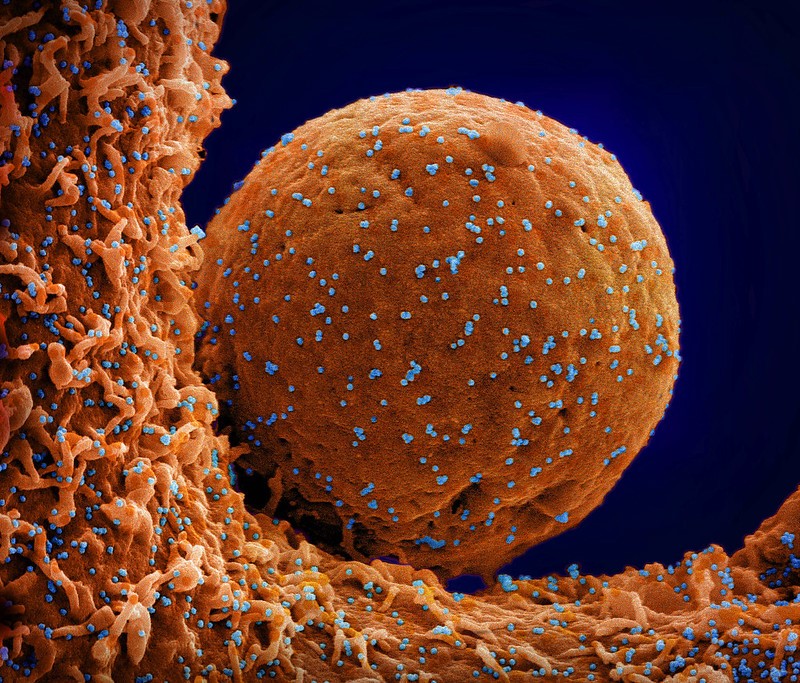
The UK Health Security Agency (HSA) recently posted an initial risk assessment of the BA.2.86 Omicron subvariant, which said the rapid appearance in multiple countries in people without travel histories suggests established international transmission.
The newly identified variant has many genetic mutations and is distant from BA.2, its likely ancestor, and currently circulating XBB variants. The similarity of the sequences so far—six samples from four countries—suggests relatively recent emergence and rapid growth, but the HSA said it has low confidence in that assessment, pending the examination of further sequences.
Though predictions of the combined effect of such a large number of mutations would be unreliable now, there is enough information to expect antigenic change. The HSA also said there are mutations in the spike protein that may be associated with changes in other viral properties.
Recent UK case
Identification of a recent UK case also suggests community transmission. The clinical site where the virus was found sequenced data rapidly, and surveillance data from the time that the specimen was collected may shed more light on UK transmission over 1 or 2 weeks.
Currently, it's not possible to gauge severity based on the sample from the UK patient, but the HSA said it would share data from surveillance systems, estimates of growth rates, and virus characterization when available.
 Early in the COVID-19 pandemic,
Early in the COVID-19 pandemic,  COVID-19 infections among 2,400 vaccinated transplant recipients were common (19.7%) during SARS-CoV-2 Omicron variant predominance in the United States, but only 7.5% needed hospitalization, estimates a
COVID-19 infections among 2,400 vaccinated transplant recipients were common (19.7%) during SARS-CoV-2 Omicron variant predominance in the United States, but only 7.5% needed hospitalization, estimates a  A systematic
A systematic 










